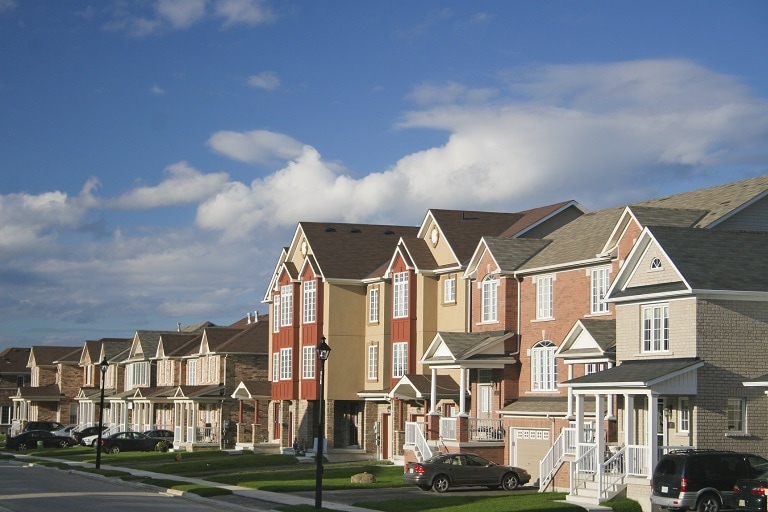Housing costs have pinched California’s public school teachers for years. But the public perception is that college professors have it much better.
That’s only partially true.
A 2015 report by the UC Berkeley Center for Public Relations found that 25 percent of part-time college faculty and their families are enrolled in at least one of the government-assistance programs included in their study.
This is not a small problem. Adjunct faculty make up an increasing percentage of college and university faculty members. They now comprise the majority of professors, according to the American Association of University Professors.
In high-cost communities such as the San Francisco Bay Area, the struggle to make ends meet is severe. As described in a recent SFGate article, these part-time faculty rent single rooms from retired seniors, work part-time at grocery stores and are increasingly priced out of the area.
State efforts to alleviate the housing crunch and provide more affordable-housing options have yet to take off. A report by the California Department of Housing and Community Development found that nearly 98 percent of cities and counties have failed to approve enough market-rate and affordable housing units to keep up with their population increases.
A safe, affordable place to live is critical for employee retention and morale. Providing that kind of housing in high-cost areas requires innovative solutions. Such solutions exist, however, and they can work for public colleges and universities.
Workforce Housing
A typical home in California sells for about $500,000, far out of reach for part-time professors. The rental market offers no reprieve, with the median one-bedroom apartment going for $1,750 a month. In San Francisco, that nearly doubles to $3,400 a month and the median home price is $1,200,000.
What is a college to do? The answer often lies within its own property lines. Converting an underused site into an affordable workforce housing rental property gives colleges a fantastic recruitment tool for all faculty but especially helps part-time professors, and it turns a stagnant property into a revenue-generating asset.
It’s a bold solution. The typical workforce housing project in the state costs about $22 million to develop, requires a 3–4 acre site, and produces 40-50 apartment units, which rent for an average of $1,540, a 30 percent discount from the surrounding market.
Workforce housing development is a new solution to an old problem in California and holds great promise for colleges and universities committed to affordable housing options for their entire faculty. The whole process of developing workforce housing can take three to five years and DCG, as an experienced real estate partner to school districts, colleges and universities, is well versed in all phases and facets of this process. Read more about how DCG has helped education institutions meet their goals, and contact us to learn more.






